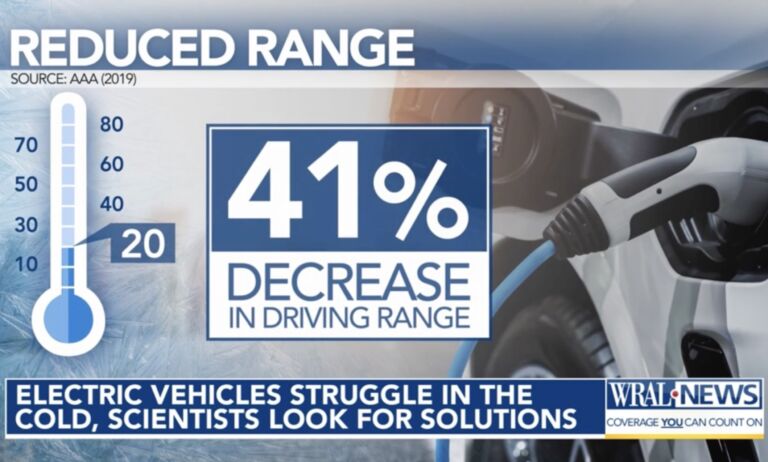Chris Edwards of the Cato Institute considers the likely long-term benefits of reforming the federal government’s air traffic control system.
The Federal Aviation Administration (FAA) operates the nation’s air traffic control system. It also regulates aviation safety and provides grants to airports. The agency has a $16 billion budget and 45,000 employees.
In recent decades, many nations have partly or fully separated their air traffic control (ATC) systems from their governments. In 1996 Canada moved its ATC to a private nonprofit corporation, Nav Canada. That reform is the model for an FAA restructuring bill that just passed the House Transportation and Infrastructure Committee.
Air traffic control reform is long overdue. Moving ATC operations out of the government would improve efficiency and spur innovation. The benefits would include shorter flight times, fewer delays, and lower fuel costs.
The FAA has struggled to modernize America’s ATC system. It relies on 20th-century technologies, such as radar and voice radio, despite the development of newer technologies, such as satellite-based navigation. Air traffic control is a high-technology industry, but we are still running it as an old-fashioned bureaucracy from Washington.
In a detailed study of the FAA’s performance, economist Robert Poole found that the agency is risk averse, slow to make decisions, and mismanages procurement. It loses skilled people to private industry because of a lack of pay flexibility and frustration with the government work environment. Poole found that the FAA “is slow to embrace promising innovations,” and is “particularly resistant to high-potential innovations that would disrupt its own institutional status quo.” That is the opposite of what is needed in a dynamic technology-based industry.
Dorothy Robyn, a policy expert in the Clinton and Obama administrations, examined ATC reforms in a Brookings Institution study. She concluded, “As a traditional government agency constrained by federal budget rules and micromanaged by Congress, the FAA is poorly suited to run what amounts to a capital-intensive, high-tech service business.”


